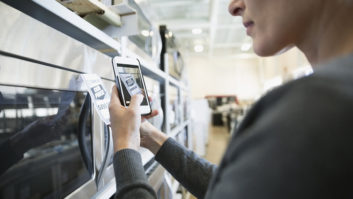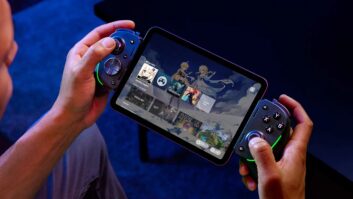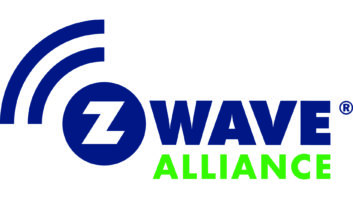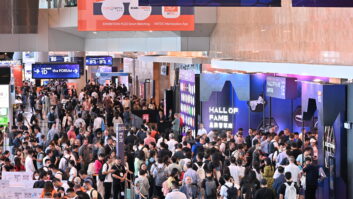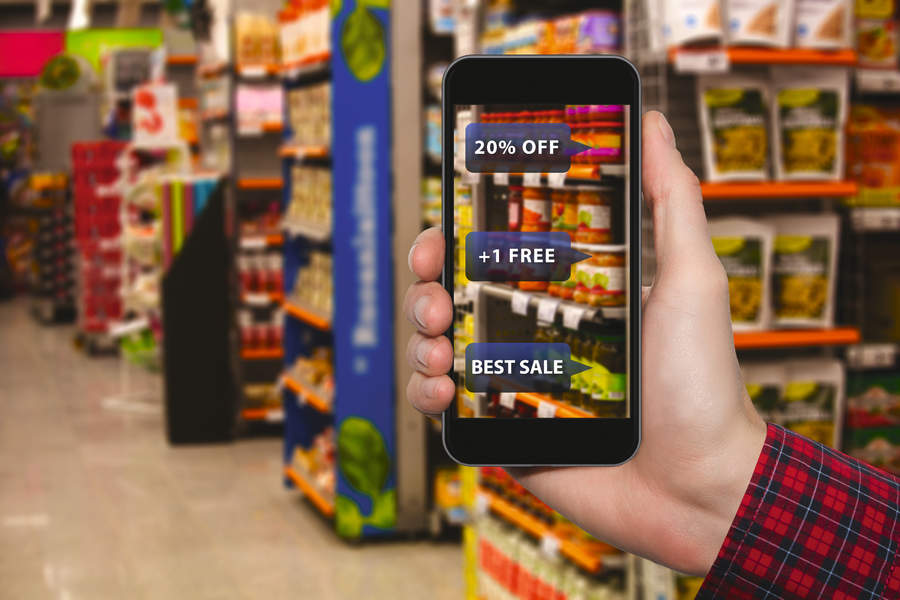
When it comes to IoT, the consumer space has seen the bulk of adoption take place within our homes and vehicles. It is in these spaces where nearly all of our connected devices — and connected experiences — live today.
However, the expectations of “smart” technology are quickly expanding into the commercial retail realm. And with the ubiquity of intelligent mobile and online retail experiences, this shift to smarter shopping in the physical space has been inevitable for some time.
Consumer Tech Created the Demand For Retail IoT
An online shopping experience recommends products and services to a customer based on past purchases and online product research. Meanwhile, most physical stores don’t even know how many people are within a facility, let alone who is there or what they do once inside.
What’s more, consumers regularly take advantage of a wide range of applications because they have computers in their pockets. Yet retail spaces lack infrastructure that connects with these devices.
There is an immense opportunity in understanding a consumer’s wants and needs when they enter the store. There is also real potential value in allowing a shopper’s current devices to connect to the store’s system and to fully understand — and interact with — their connected world.
See also: 5 Things Retailers Should Take Away From The Apple Card News
The demand for retail intelligence is being seen on the consumer side as well. The groundswell of interest in stores that do away with the cashier line, and allow for a more seamless purchasing experience, is an early indicator that these technologies belong in the retail experience. That said, the cashier-less use case will not be the last IoT deployment to enter the retail space. Consider the benefits of addressable in-store advertising, intelligent wayfinding, effective stocking and connected logistics. The result of such integrations is sure to impact and improve both a retailer’s bottom line and customer satisfaction.
But first, retail spaces must prepare to meet this new consumer desire for connected experiences with the same level of sophistication that customers have come to expect in their online and mobile interactions. Stores must become aware that the customer has actually walked in the door, and then react appropriately.
To achieve this, we must upgrade retail spaces in a way that affordably allows for deployment at scale, reduces the complexity associated with ongoing management, and minimizes the risk involved with security and privacy concerns.
Thankfully, because of advances in IoT technologies and connectivity within the consumer space, there are affordable “smart retail” solutions now available.
Consumer Tech Created the Solution For Retail IoT
Because of the demand generated in the consumer market for connected devices, the price, operational costs and form factor of technologies like Bluetooth Low Energy have evolved considerably. This comes at an opportune time as the Bluetooth Special Interest Group recently announced it sees sensors providing sensing and tracking as one of the significant areas of growth for the technology.
Further, with the announcement of Core Specification v5.1, the potential accuracy of Bluetooth-based location solutions has been improved significantly — a clear indication that the Bluetooth SIG intends for Bluetooth Low Energy to be used in commercial IoT environments.
Another enabling factor is that Bluetooth technology has proliferated the consumer tech space. Nearly all devices being deployed today — from phones to watches to computers to cars — can become a part of a Bluetooth-backed solution in commercial IoT and retail spaces.
And that is just the connectivity component. Retail IoT is also benefiting from the Cloud computing ecosystem that has evolved in support of consumer and smart home IoT applications. Cloud providers are increasingly “reaching down” to allow for more direct control through gateways and on to devices. Meanwhile, gateways themselves are becoming more robust in their ability to provide Edge computing closer to the source of the data.
These intelligent gateways are also able to run multiple IoT applications on them — eliminating the scalability issues associated with needing a unique access point for every single IoT application. Further, this type of deployment — using a single IoT capable gateway for many applications — allows for more manageable observability into devices located in multiple cities across several states or countries. It also provides for a single source of security updates, reducing the risk associated with managing a large number of distributed devices.
Simply put, the connectivity and computing power needed at scale now exists for these types of deployments. The question is: How do retailers take that critical next step?
Partnerships Make Retail IoT Painless
The key to building out an effective intelligent retail environment is finding the right partners. This often comes in a two-pronged approach. First is to find a strong Edge infrastructure partner. Intelligent Edge gateways that provide device-to-Cloud connectivity, work with multiple IoT applications and devices, and provide Edge computing form the foundation of a secure and scalable infrastructure.
Second is to identify the application developers and integrators who are designing the key solutions for your space — whether those are asset tracking, connected guest experiences or automated inventory management. Often, infrastructure and application providers will bundle their offerings into vertical-specific, pre-integrated solutions. These can save significant time, cost and risk for an organization considering a large-scale deployment.
Finally, it is critical that retailers forge long-term solutions with both the hardware developers and the application developers — enabling their infrastructures to scale and evolve over time. Security and privacy updates are key, and should be considered an integral part of the overall solution. Support, maintenance and replacement of any malfunctioning devices must also be included, and long-term upgrade options must be clearly defined. A history of device firmware and software updates to the system should be available to ensure consistency in observability, maintenance and performance.
Again, it can’t be overstated that the demand for this technological innovation has arrived. The time to upgrade retail facilities is now. The alternative is to be left behind as others work IoT solutions into their buildings, and capitalize on the ROI available by catering to the connected consumer.
Luckily, it is far from “too late” to develop these solutions. In reality, this is an excellent time for retailers to enter the commercial IoT deployment phase thanks to both the developments in technology and the sophistication with which applications are being created for the retail environment.
About Rigado
Founded in 2010, Rigado’s Edge solutions power more than 300 global customers and 5 million connected devices across commercial IoT solutions such as asset tracking, smart lighting, and sensing and monitoring in markets like smart workplaces, and connected retail and logistics.




